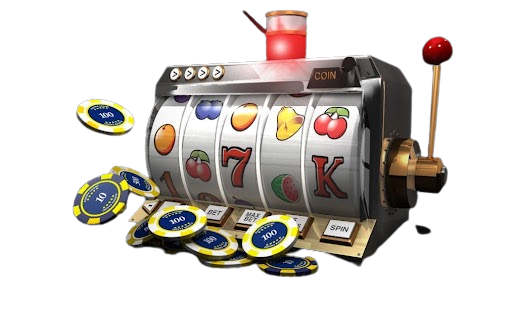In the realm of entertainment, few mediums have undergone as dramatic a transformation as gaming. What once began as simple pixelated graphics and straightforward gameplay has evolved into immersive, cinematic experiences that rival blockbuster films in scope and ambition. From the early days of Pong and Pac-Man to the sprawling open worlds of modern masterpieces like Red Dead Redemption 2 and The Witcher 3, the evolution of gaming is a testament to the boundless creativity and technical innovation of the human mind.
The Dawn of Gaming
The history of gaming can be traced back to the early 1950s, with the ASTONSLOT invention of simple electronic games like William Higinbotham’s “Tennis for Two” and the iconic “Spacewar!” developed by Steve Russell and others at MIT in 1962. These games, though primitive by today’s standards, laid the groundwork for what was to come, introducing concepts like multiplayer gaming and competitive gameplay.
The Rise of Arcade Games
The 1970s and 1980s saw the rise of arcade gaming, with classics like Space Invaders, Pac-Man, and Donkey Kong captivating audiences around the world. These games were simple yet addictive, designed to draw players in with their colorful graphics and fast-paced action. The arcade boom also gave rise to a new generation of game developers and designers, many of whom would go on to shape the future of the industry.
The Home Console Revolution
The late 1970s and early 1980s also saw the introduction of home gaming consoles, most notably the Atari 2600 and the Nintendo Entertainment System (NES). These consoles brought the arcade experience into the living room, allowing players to enjoy their favorite games without ever having to leave home. Titles like Super Mario Bros., The Legend of Zelda, and Sonic the Hedgehog became cultural phenomena, spawning sequels, spin-offs, and even entire franchises that continue to thrive to this day.
The Birth of 3D Gaming
The 1990s marked a significant turning point in the evolution of gaming with the advent of 3D graphics and gameplay. Games like Doom, Quake, and Tomb Raider pushed the boundaries of what was possible, immersing players in fully realized 3D worlds filled with enemies, obstacles, and secrets to discover. This era also saw the rise of the first-person shooter genre, with titles like Half-Life and GoldenEye 007 setting new standards for immersive storytelling and multiplayer gameplay.
The Era of Online Gaming
As the internet became more widespread in the late 1990s and early 2000s, online gaming began to take off in earnest. Multiplayer titles like World of Warcraft, Counter-Strike, and Halo 2 allowed players to connect with others from around the world, forming communities, competing in tournaments, and forging lasting friendships in virtual worlds. Online gaming also gave rise to new business models, with free-to-play games and microtransactions becoming increasingly common in both PC and console gaming.
The Modern Age of Gaming
Today, gaming is more diverse and accessible than ever before, with a vast array of genres, platforms, and experiences to choose from. From indie darlings like Celeste and Hollow Knight to AAA juggernauts like The Last of Us Part II and Cyberpunk 2077, there truly is something for everyone in the world of gaming. Virtual reality (VR) and augmented reality (AR) technologies are also pushing the boundaries of immersion even further, allowing players to step into their favorite games like never before.
Looking to the Future
As we look to the future, the possibilities for gaming seem limitless. Advances in artificial intelligence, machine learning, and virtual reality promise to create even more immersive and interactive experiences, blurring the line between the virtual and the real. Whether you’re a casual gamer, a competitive esports athlete, or a die-hard fan of a particular franchise, one thing is certain: the evolution of gaming is far from over, and the best is yet to come.